The term Provintçia in the Hebrew sources corresponds roughly to Provence and Languedoc. In the history of France’s Jews, this region is notable for the outstanding figures and works that it produced in the Middle Ages and by the unbroken presence of Jews in Comtat Venaissin for 2000 years.
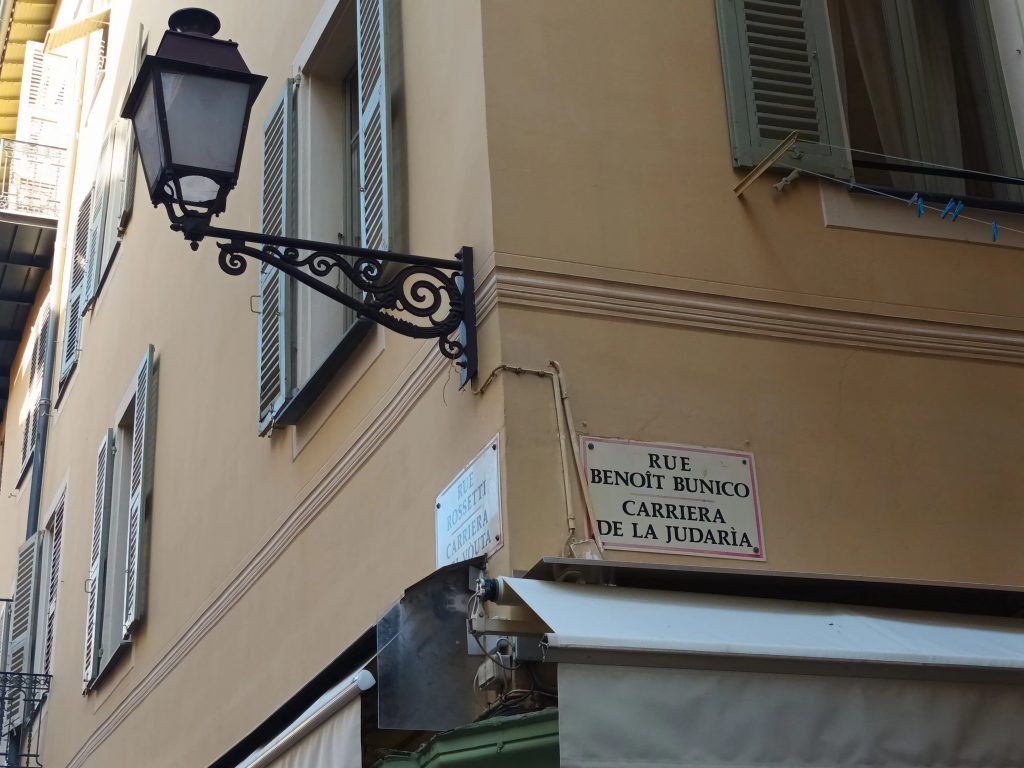
A lamp dating from the first century C.E. found near the oppidum at Orgon and kept in the synagogue at Cavaillon, and a Hebrew epitaph at Narbonne (“Peace on Israel”) accompanied by a menorah, probably seventh century, are the oldest relics of the Jewish presence in France. In the sixth and seventh centuries, Marseille was home to a large Jewish community. The Saracen invasions of the following century brought to the fore Jewish “patriotism”: during the siege of Narbonne, Jews played an active part in defending the town. The Emperor rewarded them with a grant of one of the town’s three districts. The legend of the “Jewish king of Narbonne” dates from this period.
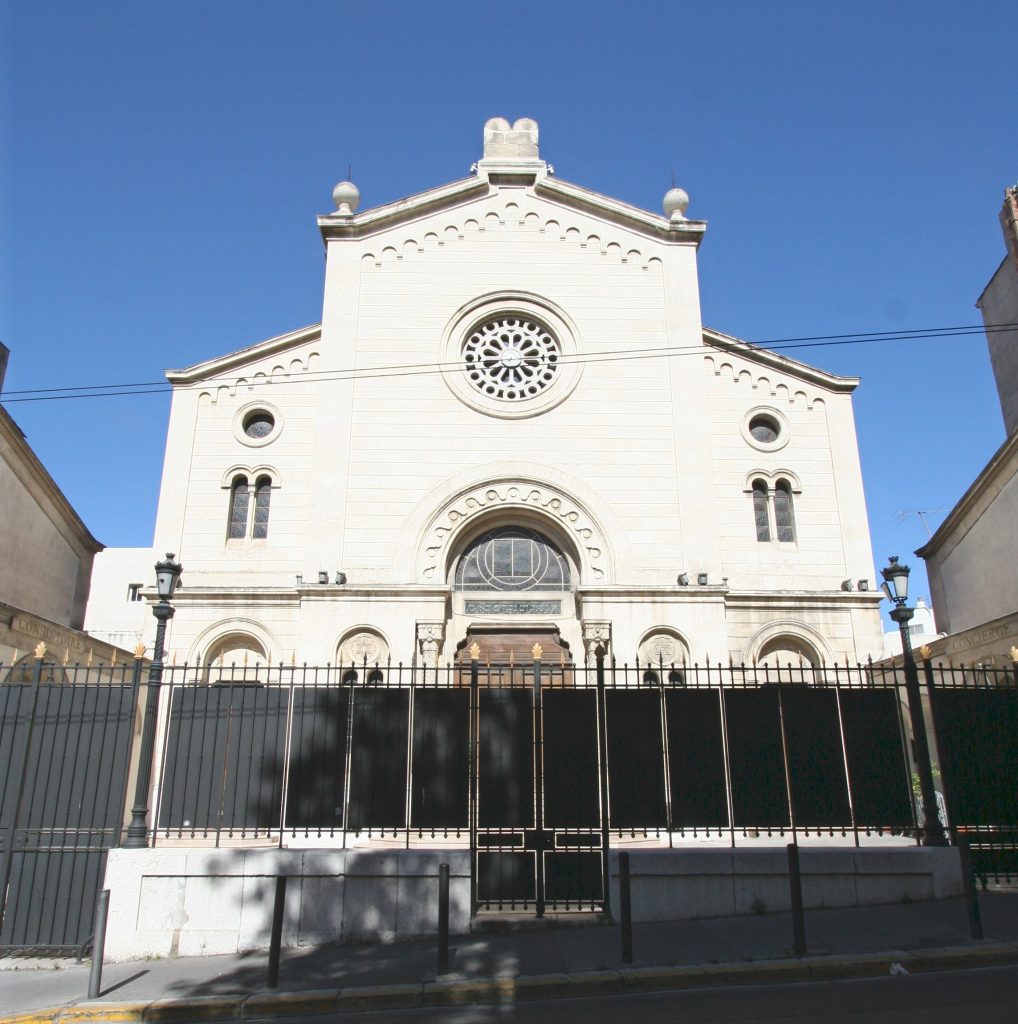
Historical studies of Provençal towns reveal a Jewish community integrated into its urban and rural environment. Its members were, among other things, tradesmen (plasterers) in Avignon, winemakers in Tarascon, merchants in Marseille and Toulouse, and shopkeepers, moneylenders, and doctors almost everywhere. However, it was in the cultural domain that the vitality and openness of Provence’s Jewish communities were most remarkable. In the twelfth century, the traveler Benjamin de Tudela related that “In Lunel there lives a big Jewish community that studies the Torah day and night. All those who wish to study and board. Posquières is a town that shelters more than 400 Jews as well as a Talmudic school directed by the grand rabbi Abraham, son of David (abbreviated as RABaD). People come from the most distant lands to learn the Torah“. There is not enough space here to list all the learned men who lived in Provence between the twelfth and fifteenth centuries. Among the most remarkable, though, were the Abraham ben David of Posquières (1125-98), as mentioned by Benjamin de Tudela; Menahem ben Solomon He-Meiri (1249-1316) and his father Solomon, both famous Talmudists who wrote important commentaries. the four generations of Tibbonides (1120-1307), who translated a number of philosophical, religious, and scientific works from Arabic into Hebrew, notably Maimonides’ Guide for the Perplexed (Dalalat al-Ha’irîn); and, finally, Levi ben Gershom (1288-1344), or Gersonides, who spent most of his life in Orange and produced a vast and highly diverse body of work, much of which was translated into Latin at the time (commentaries on Aristotle and Averroës, on the Bible and the prophets, on the Talmud, works of arithmetic and geometry, a treatise on astronomy, etc.).
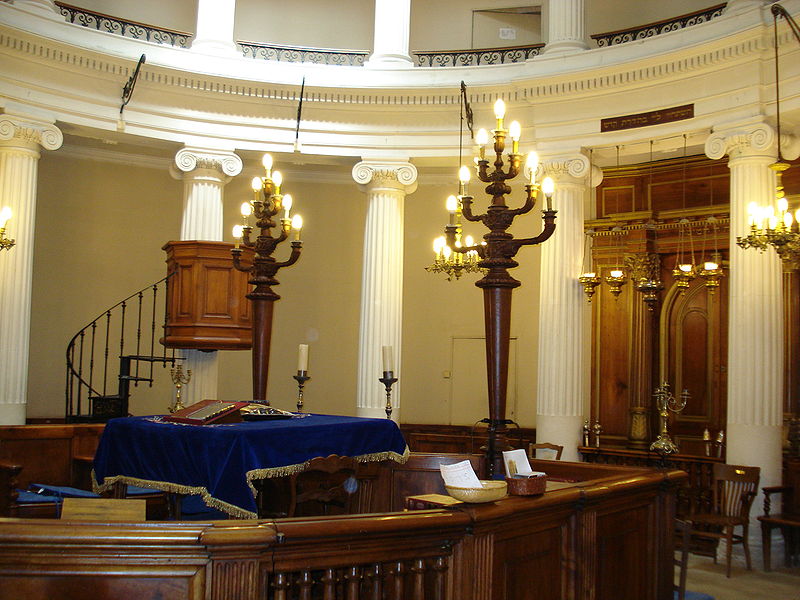
In 1306, Philippe le Bel expelled all the Jews from the Kingdom of France. They were called back in 1315 by Louis X. In 1320, the Crusade of the Pastoreaux caused massacres throughout southwest France. The expulsion of 1394 put an end to the Jewish presence in Languedoc. The communities of Provence, Comté de Nice, and the Principality of Orange, then still distinct from France, were not affected by these expulsions. However, they were hit hard by the Black Death of 1348. The Jews were accused of poisoning the wells in order to spread the epidemic. The communities of Provence and Comtat Venaissin were almost totally wiped out in riots.
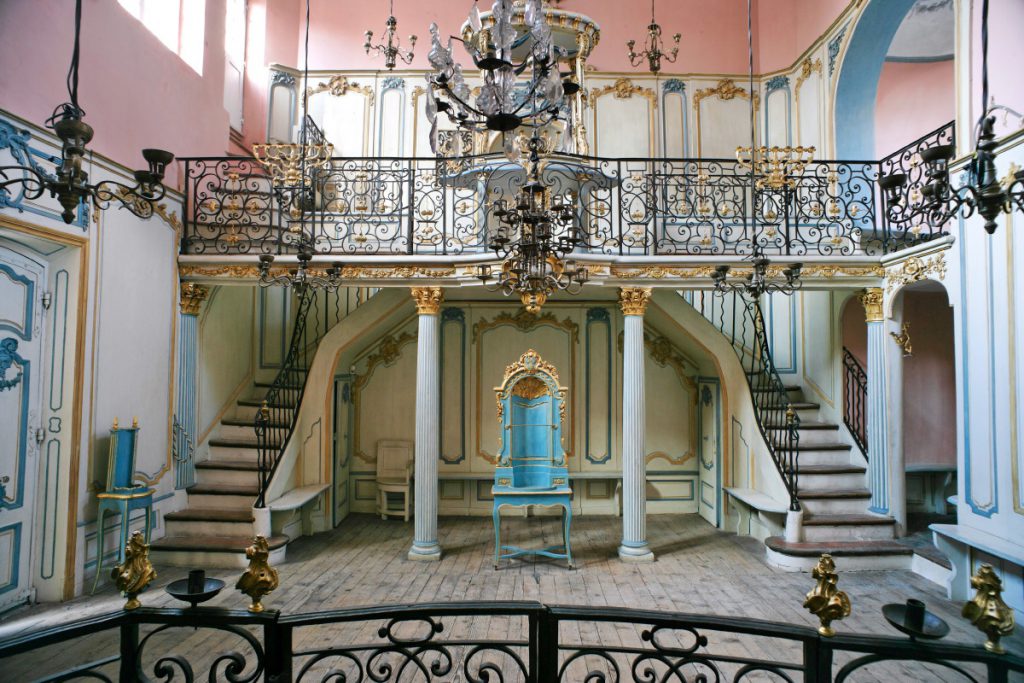
The fifteenth century, too, brought its series of anti-Jewish riots: there was violence and killing in Manosque in 1425, in Aix-en-Provence and Pertuis in 1430, in Digne in 1475, and again in Manosque in 1495. The destiny of this region changed course on 11 December 1481 when, following the death of Count Charles III, Provence was bequeathed to the king of France, Louis XI. The latter committed himself to respecting the rights of the Jews, but after his death in 1483, Louis XII signed the edict expelling Jews from Provence. He renewed it in 1510. Part of the community converted; the other part left. In 1505, the prince of Orange signed the Edict of Courthézon, expelling the Jews from the principality. Part of Provence’s Jewish community emigrated to Italy, while others traveled to Barbary (North Africa), the Ottoman Empire, or Comtat Venaissin, the last area in this part of the continent to welcome the Jews.
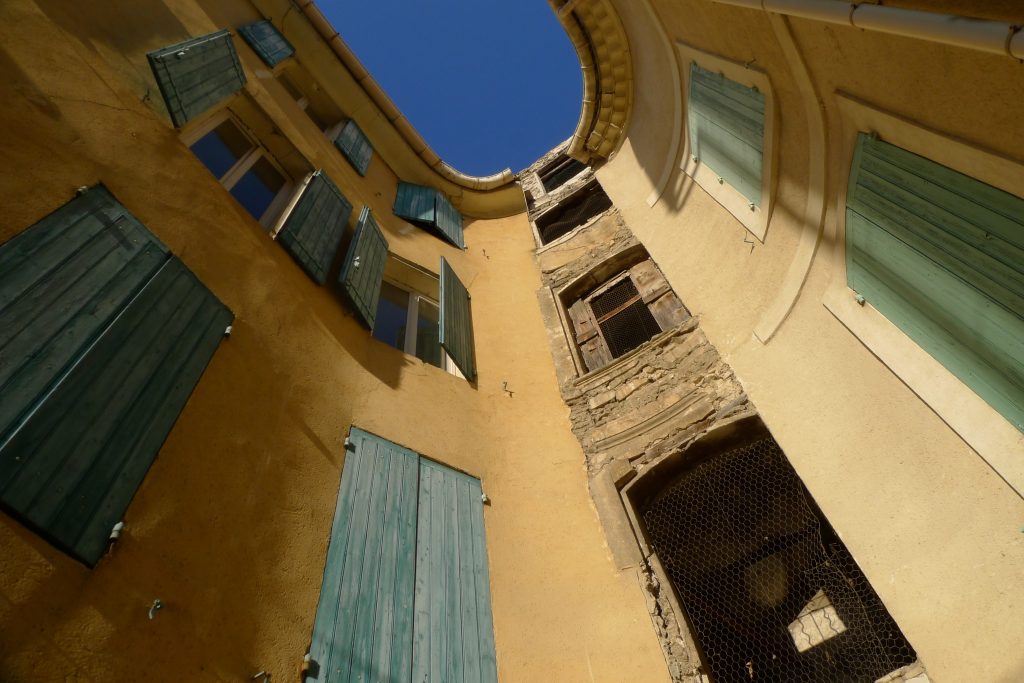
Any peace enjoyed in Comtat Venaissin was short-lived. At the end of the fifteenth century, the Pope (to whom this region belonged) decided to group Jews together in carrieres (urban dwelling places for Jews). This compounded the discriminatory measures dating back to the Fourth Lateran Council (1215): strict separation from Christians; the obligation to wear an identifying sign (a yellow patch, then a yellow hat); economic restrictions (a prohibition against owning property apart from their dwelling); selling limited to secondhand items (clothes, objects); and disqualification from manual professions.
Following Cardinal Barberini’s order in September 1624, the Jews in Comtat Venaissin had to congregate in three towns: Carpentras, Cavaillon, and L’Isle-sur-la-Sorgue. Most historians add Avignon to this list and speak of “Comtat’s four carrieres“, but this is clearly a misnomer since Avignon was never part of Comtat Venaissin.
At night the carrieres were closed off, and the gate was watched by a Jewish porter who was paid by the community. As Armand Lunel notes, these carrieres were “small republics” where the Jewish population lived in isolation; they were administered by syndics who issued escamots (from the Hebrew Haskama, meaning “agreement”).
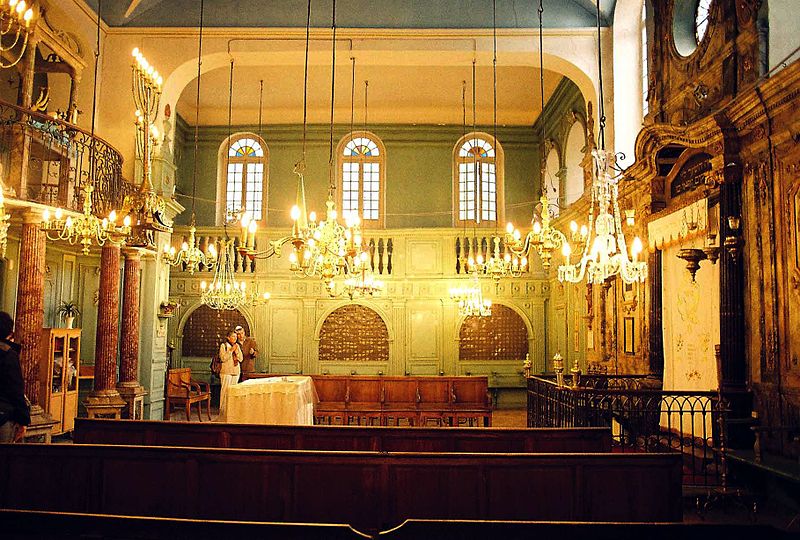
Although the edict of 1394 had not been repealed, starting in the seventeenth century, Jews from Avignon and Comtat Venaissin took advantage of the ambiguous regnicole (right-holding) status of the inhabitants of Comtat Venaissin and gradually began settling in the Kingdom of France. This window considerably increased their access to new markets and improved their economic situation.
In the eighteenth century, the financial situation of the region’s Jewish community improved. While still restricted to their carrieres and obliged to wear the yellow hat, many were able to make a living from lending money for interest and from the authorized professions. Jews were active in numerous mercantile areas, such as horse dealing, buying and selling cotton, the silk trade, second-hand clothes, etc. The synagogues in the carrieres were rebuilt at great expense: Carpentras in 1740, L’isle-sur-la-Sorgue and Avignon in 1760-1770, and Cavaillon between 1771 and 1774.
Despite these gains, the specific status of the Jews did not improve, and in fact restrictions increased. On 28 January 1790, the National Assembly passed a decree stipulating that “Portuguese, Spanish, and Avignonnais Jews shall continue to enjoy the rights settled in their favor and the letters patent; and, consequently, they will enjoy the rights of active citizens once they have met the conditions laid down by the decrees of this Assembly”.